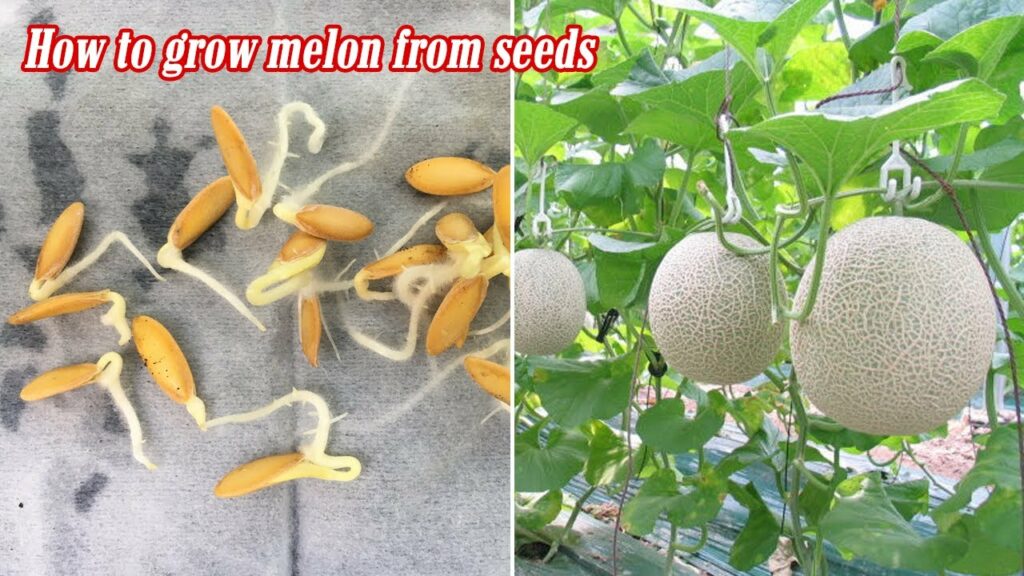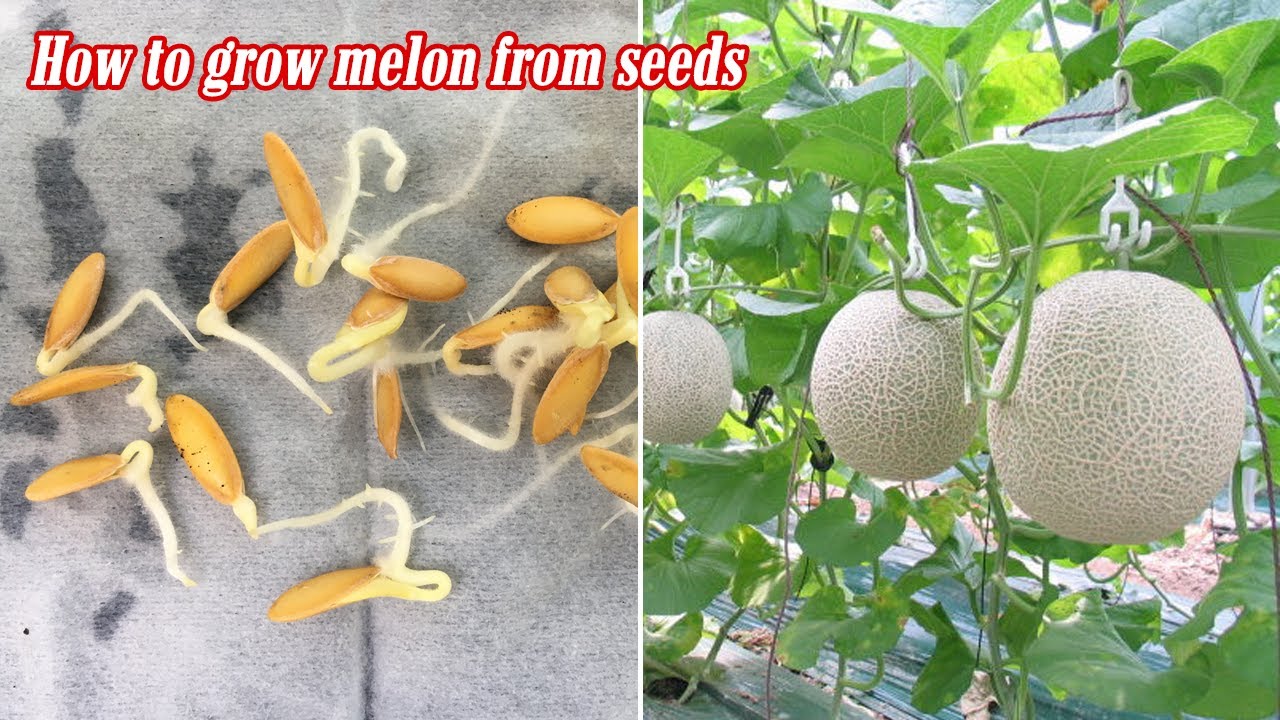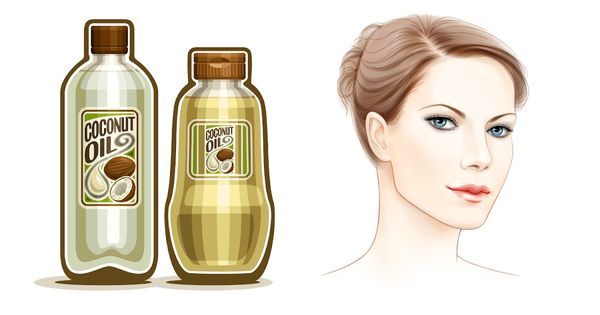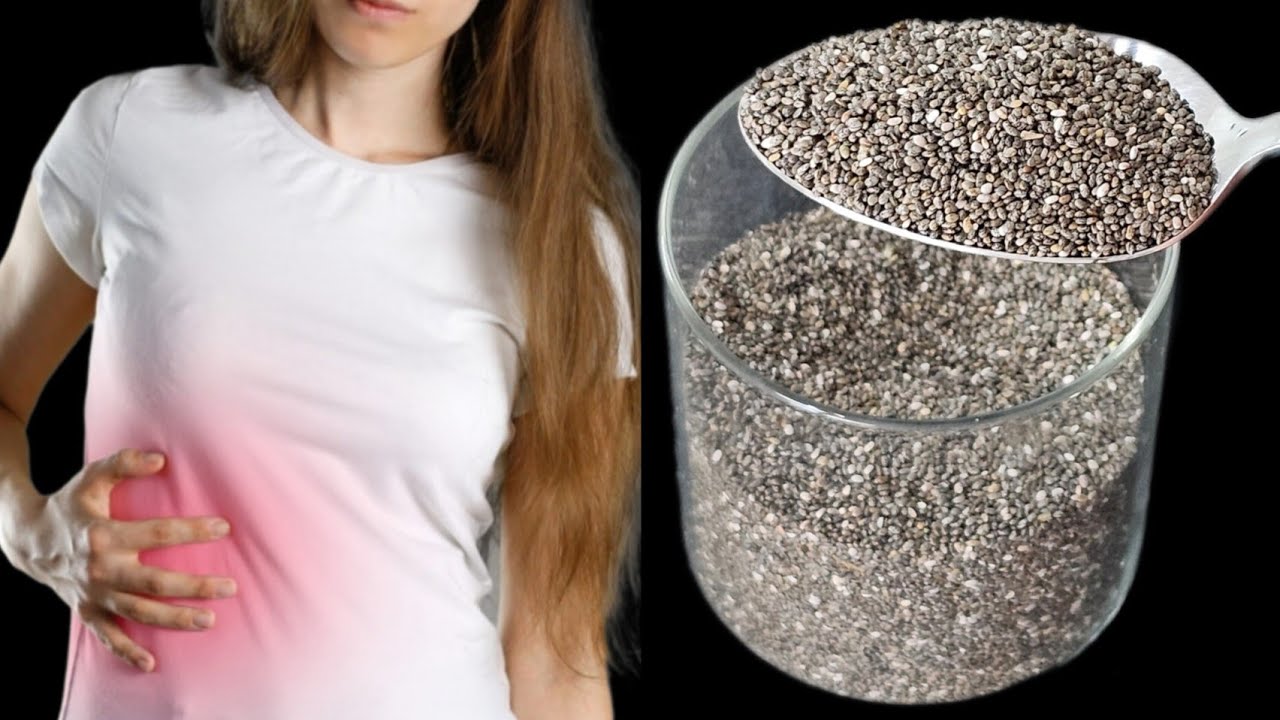
Growing melons in pots is a rewarding experience that allows you to enjoy fresh, juicy fruits even if you don’t have a garden. With the right care and a bit of patience, you can successfully grow melons in containers. Here’s how to do it.
Choosing the Right Melon Variety
First, select a melon variety suitable for container gardening. Smaller varieties like mini watermelons, cantaloupe, or honeydew work best as they require less space and are easier to manage in pots.
Planting Your Melons
-
Choose the Right Pot: Use a large pot with a capacity of at least 5 gallons. Melons have deep root systems, so a pot that is at least 12-14 inches deep is ideal. Ensure the pot has drainage holes to prevent waterlogging.
-
Prepare the Soil: Fill the pot with high-quality potting soil mixed with compost. Melons thrive in well-draining, nutrient-rich soil. You can also add a slow-release fertilizer to provide essential nutrients throughout the growing season.
-
Sow the Seeds: Plant 2-3 seeds about an inch deep in the center of the pot. If you prefer, you can start with seedlings instead of seeds. Water the soil lightly after planting.
-
Germination: Place the pot in a sunny location. Melons need at least 6-8 hours of direct sunlight daily. Keep the soil moist but not soggy. The seeds should germinate within 7-10 days.
Caring for Your Melons
-
Watering: Melons need consistent moisture, especially during flowering and fruit development. Water the plants deeply and regularly, allowing the top inch of soil to dry out between waterings.
-
Feeding: Use a balanced liquid fertilizer every two weeks to support healthy growth. As the melons start to form, switch to a fertilizer high in potassium to encourage fruit development.
-
Support and Pruning: As the plants grow, provide support with a trellis or stakes to keep the vines off the ground. This prevents diseases and allows better air circulation. Prune excess leaves and side shoots to focus the plant’s energy on fruit production.
-
Pollination: Melons require pollination to set fruit. If you notice a lack of pollinators, you can hand-pollinate by transferring pollen from male flowers to female flowers using a small brush.
Harvesting Your Melons
Melons are ready to harvest when they emit a sweet fragrance and the stem slips off easily with gentle pressure. The skin color may also change slightly, depending on the variety. Harvest the melons carefully to avoid damaging the plant.
In Conclusion
Growing melons in pots can be a fun and fruitful endeavor. By choosing the right variety, providing proper care, and ensuring adequate sunlight and water, you can enjoy fresh, homegrown melons even in limited space. Happy gardening!
4o





